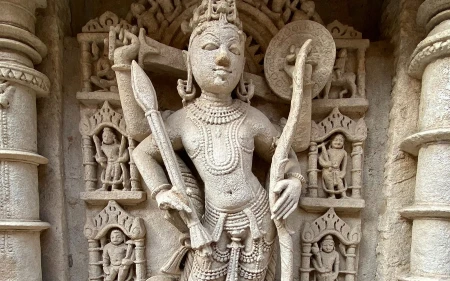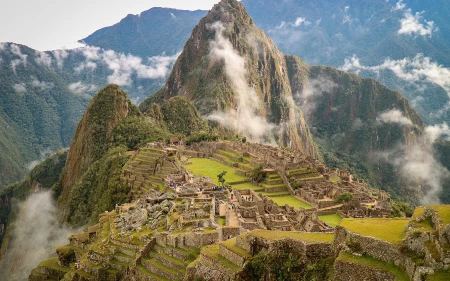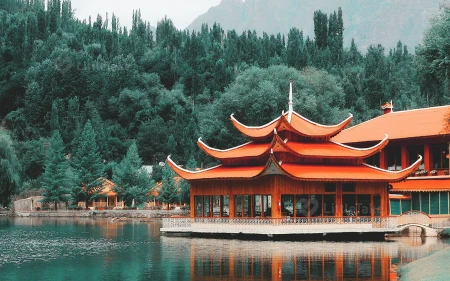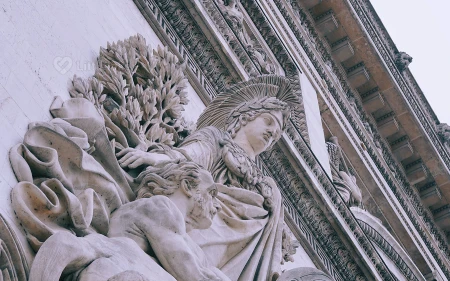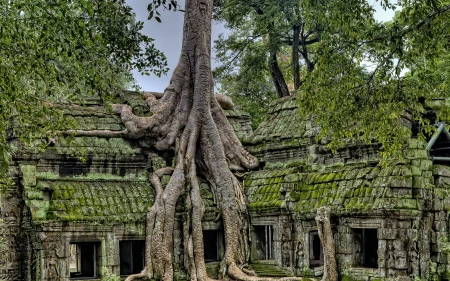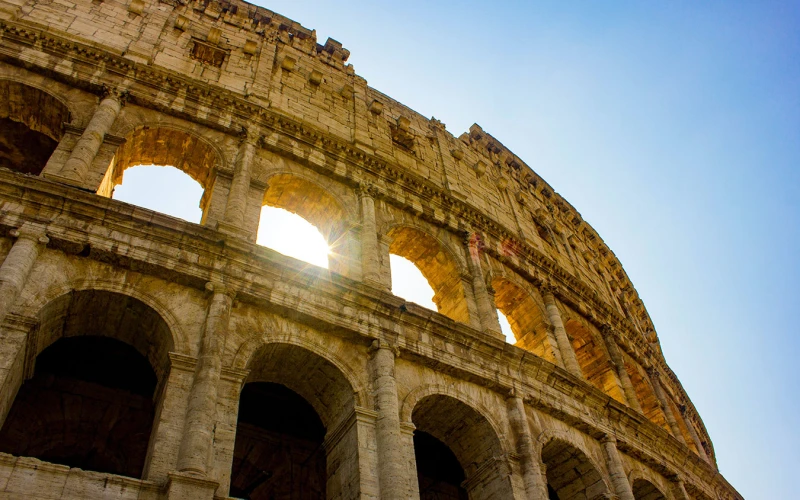
Art of Cultural Diplomacy: Global Relations
Cultural diplomacy is the practice of using culture, art, and heritage to create connections, foster understanding, and build trust between different nations and peoples. In this article, we'll explore the vital role that cultural diplomacy plays in global relations, examine some successful examples of cultural diplomacy in action, and discuss how art and culture can contribute to a more peaceful and collaborative world.
The Role of Cultural Diplomacy in Global Relations
At its core, cultural diplomacy aims to promote mutual understanding and respect between diverse cultures by showcasing the richness and diversity of human expression. This can be achieved through various means, including:
- Exchange Programs: International exchanges of artists, musicians, and scholars can foster cultural exchange and dialogue.
- Cultural Events: Exhibitions, performances, and festivals can showcase the unique cultural heritage of different nations and promote cross-cultural appreciation.
- Educational Initiatives: Collaborative educational projects can promote greater understanding of different cultures and histories.
By engaging in cultural diplomacy, nations can create stronger relationships, break down stereotypes, and foster a more peaceful and cooperative international environment.
Examples of Successful Cultural Diplomacy
Throughout history, there have been numerous instances of cultural diplomacy helping to bridge divides and create positive change. Some notable examples include:
- The Silk Road: This ancient network of trade routes facilitated the exchange of goods, ideas, and culture between East and West, contributing to the development of some of the world's most influential civilizations.
- The Jazz Ambassadors: During the Cold War, the United States sent renowned jazz musicians, such as Louis Armstrong and Dizzy Gillespie, on international tours to promote American culture and values, fostering goodwill and understanding.
- Ping-Pong Diplomacy: In the 1970s, the exchange of table tennis players between the United States and China helped to break the ice and pave the way for improved diplomatic relations between the two nations.
Art and Culture as Tools for Peace and Collaboration
By engaging in cultural diplomacy, we can harness the power of art and culture to create a more connected and compassionate world. Here are some ways to promote cultural diplomacy in our everyday lives:
- Seek Out Cultural Experiences: Attend cultural events, visit museums, and participate in cultural exchange programs to deepen your understanding of different cultures.
- Share Your Own Culture: Share your own cultural heritage and artistic expression with others to foster dialogue and understanding.
- Promote Cultural Diplomacy Initiatives: Support and advocate for cultural diplomacy programs and initiatives at the local, national, and international levels.
Conclusion
The art of cultural diplomacy is an essential tool for building bridges and fostering understanding in our increasingly interconnected world. By celebrating and sharing our unique cultural expressions, we can create a more peaceful, collaborative, and inclusive global community that cherishes the rich tapestry of human experience.













